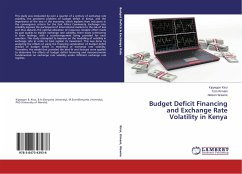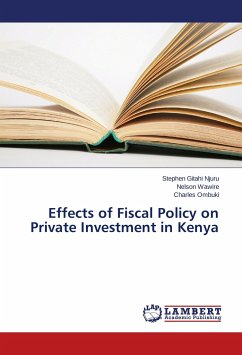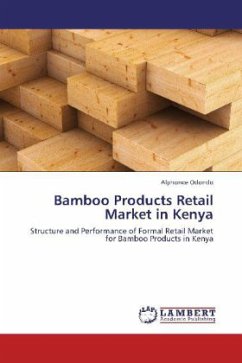This study was motivated by over a quarter of a century of exchange rate volatility, the persistent problem of budget deficit in Kenya, and the importance of the two in the economy, which explains their inclusions in the convergence criteria for the East Africa Community. Exchange rate volatility exposes the participants of international markets to the risk of loss and thus disturbs the optimal allocation of resources. Despite effort made by past studies to explain exchange rate volatility, there exists controversy in their findings, with a counterargument being provided for each assertion. This study attempted to improve on the modelling of volatility in exchange rate in order to best explain its movement. This was done by analyzing the effects of using the financing composition of budget deficit instead of budget deficit in modelling of exchange rate volatility. Thereafter, the model that provided the best fit and forecast were applied to determine the effects of budget deficitfinancing and macroeconomic fundamentals on exchange rate volatility under different exchange rate regimes.
Bitte wählen Sie Ihr Anliegen aus.
Rechnungen
Retourenschein anfordern
Bestellstatus
Storno








